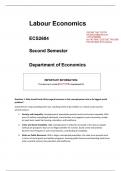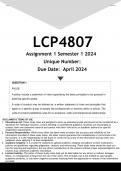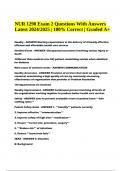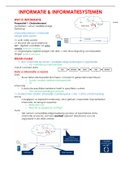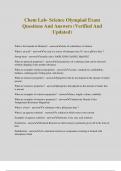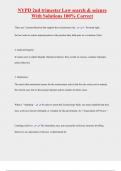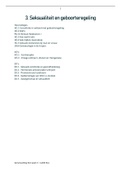Exam (elaborations)
ECS2604 ASSESSMENT 3 SEM 2 OF 2024 EXPECTED QUESTIONS AND SOLUTIONS
- Course
- Labour Economics (ECS2604)
- Institution
- University Of South Africa (Unisa)
THIS DOCUMENT CONTAINS A WEL RESEARCHED WRITE UP OF ECS2604 ASSESSMENT 3 SEM 2 OF 2024 EXPECTED QUESTIONS AND SOLUTIONS AS WELL AS THE RELEVANT REFERENCES.USE IT CORRECTLY AS A GUIDE TO CREATE YOUR OWN SOLUTIONS
[Show more]
